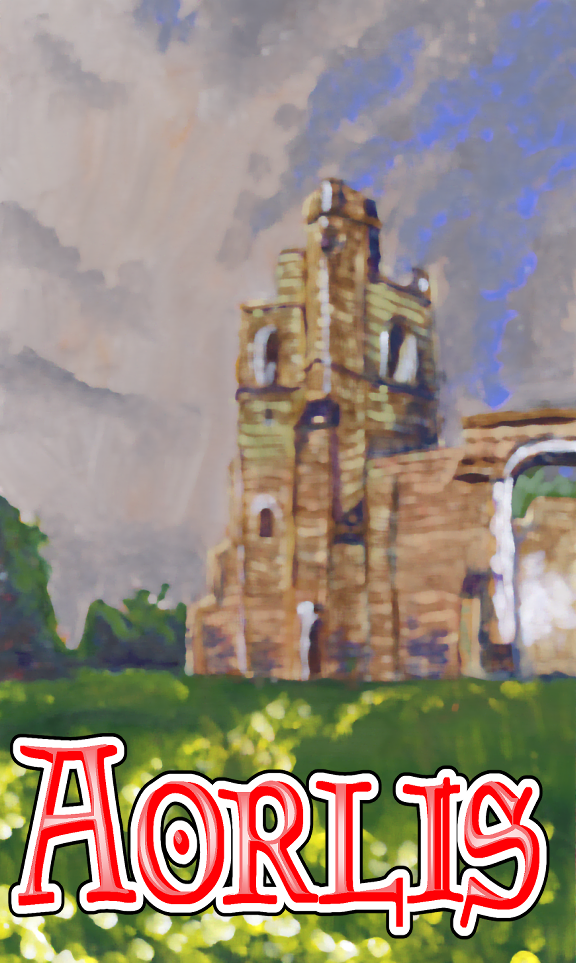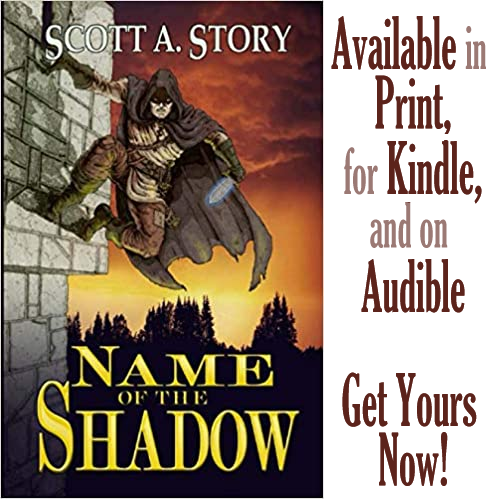Imerkand Religion
Power of Faith
Pantheon
- Bin Ra—known as the Blinding One, Bin Ra is the Defender of Orthodoxy, Spokesman for Emir-Tal on Aarthus, and Grand Imam of Imerkand, which puts him on the same level as the caliph. He is an immortal, appearing as an ancient magus, unbowed by time and age. His symbol is three red squares triangulated.
- Emir-Tal—Called Father Storm, and the Font of Blessings, Emir-Tal is the deity of the Im-Talik and Imerkand. His symbol is a white stone square. His father is Imm’l Nzar, and his brother (and rival) is Nadri.
- Imm’l Nzar—known as Father Desert, and the Sire of Peoples, Imm'l Nzar is the lord of deserts, mirages, and illusions. His avatar is a monumental, sentient dust storm with glowing eyes. His sons are Nadri and Emir-tal. He is a “retired” deity in that he is no longer directly worshiped; that adoration has shifted to his sons, Nadri and Emir-Tal.
- Kabbac—Called the Blessed of Emir-Tal, the Chosen of Emir-Tal, the Prophet, and the Worker of a Dozen Miracles, Kabbac wrote the “Wisdom of the Patriarchs.” He granted the secrets of immortality to Bin Ra. As the founding prophet, Kabbac and his name are central to Talikian culture and religion.
- Nadri—He is lord of the Si-Nadri people. His symbol is well or a funnel (which represents a sandstorm). His father is Imm’l Nzar, and his hated enemy (and brother) is Emir-Tal.
Afterlife
- The magi teach that the faithful will go to Emir-tal’s Garden in Paradise, or if immoral to the Nhether Realms.
Women
- Female spirituality is not recognized. It is understood that women have souls, but their afterlife is determined by their husbands or fathers morality.
Wisdom of the Patriarchs
- Written by Kabbac and his twelve disciple prophets, this 6th century book by far is the most holy document in Imerkand.
- It codifies the language, religion, culture, social hierarchy, and spirituality of the Im-Talik in detail.
- It is a book of intense mystical revelation, and it is sin ever to change a word of its text or destroy a copy of this manuscript.
- It may not be translated into other languages, requiring all readers to learn Maliki to study it.
- Everyone in Imerkand owns a copy.
- Long extracts from this book may be found in “Name of the Shadow.”
Clerics
- Magus (singular)/Magi (plural)
- They wear long, white, cotton robes; amulets inscribed with eyes and hands; and hazel-wood staffs carved with eyes.
- For the magi of Duhl Island, the staffs are enchanted (see “Staff of Eyes” below).
- They practice ceremonial sacrifices, but they are limited to perfectly formed, uniformly white animals.
- Based out of the Holy City, the magi are more like a holy fraternity than a rigid hierarchy, and their brotherhood is fluid, not concerned with the ranks, titles, rights, and precedence.
- The magi are diviners and practitioners of magic. (Indeed, the secular spell casters of Aorlis have mistakenly borrowed and bastardized the magi's title, creating the words “mage" and "magik.")
Holy Sites
- Kabbac-Dul—This is the most holy place in Imerkand, as well as a massive pilgrimage attraction. On Duhl Island, the Kabbac-Dul centers on the caves where Kabbac and his twelve disciples wrote the “Wisdom of the Patriarchs” in the 6th century. Now the caves have been carved out and expanded into an awe-inspiring complex. There are twelve doors to forbidden chapels within, and these are called the Doors of Paradise, and each is devoted to one of the twelve disciple prophets. In the most holy of holies, which is the original Cave of Kabbac, lie the treasures of Imerkand. Most notably, there is the Claw of Emir-Tal, a power religious relic. There are also the scrolls of Kabbac, said to be written in his own hand; a Sword of the Tempests, once wielded by the champions of Emir-Tal; the Key to the Gates of Paradise; the caliph’s crown jewels; and the square, white Stone of Heaven. The Kabbac-Dul is covered in much greater detail in “The Name of the Shadow.”
Relics
- Claw of Emir-Tal—See “Name of the Shadow” for full details.
- Sword of Tempests—These are relics of Emir-Tal, ancient, iron short swords from the Wars of Blind Fraternity that control winds (tornados, cyclones, water spouts, storms, etc.) There are less than six of these in existence, and they are typically reserved for Emir-Tal’s champion slave knight. They have antiquated leaf-shaped, iron blades, but they aren’t really for fighting anymore. The swords’ powers diminish outside Imerkand, getting weaker the further away they are carried. The swords’ wielders may shelter in the calm eye of powerful tornados.
- Staff of Eyes—Not all the staffs’ powers are known. They can track the Claw of Emir Tal. The staffs lose power the further they are taken from Imerkand. When activated, the staff’s eyes open and reveal searing eyes.











Comments